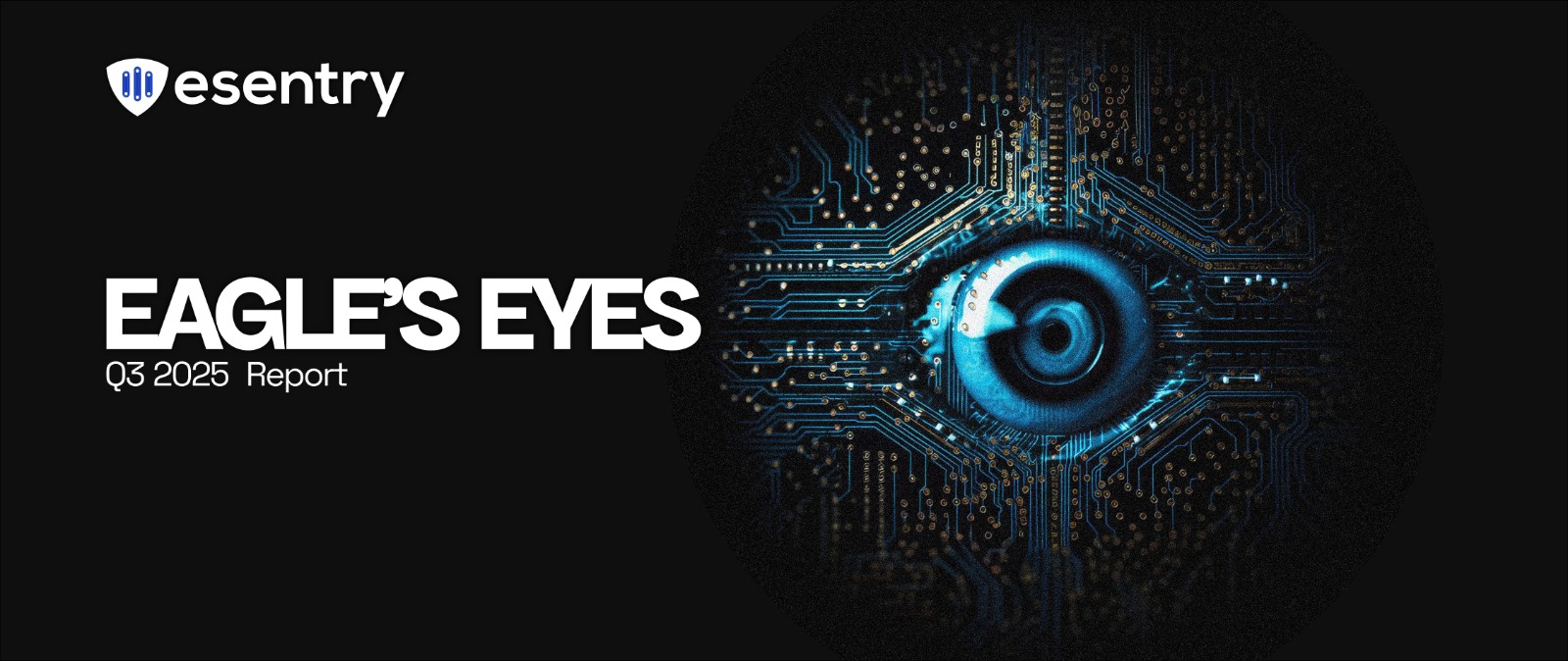Researchers at SafeBreach have uncovered a disturbing new attack technique that doesn’t rely on malware, stolen passwords, or tricking anyone into clicking a link.
Instead, it abuses built-in Windows features to:
- Crash your Windows Domain Controllers (DoS)
- Hijack them to unleash massive DDoS attacks against others
It is just like you convincing your “security guard” to throw bricks at someone else’s house.
Attack Technique – Technical Breakdown
- Target Enumeration
- Adversaries perform internet-wide scans for TCP ports associated with MS-RPC services (e.g., 135, 389, 445, 49664+ dynamic range).
- Focus is on DCs with LDAP, LSASS, Netlogon, or Print Spooler services exposed to the public internet.
- Exploitation Vector (Win-DoS phase)
- A specially crafted RPC request is sent to a vulnerable endpoint:
- LDAP (CVE-2025-26673) – Resource exhaustion via repeated LDAP binds/queries
- LSASS (CVE-2025-32724) – Memory exhaustion via malformed requests
- Netlogon (CVE-2025-49716) – Session flooding causing CPU spikes
- Print Spooler (CVE-2025-49722 – Task queue saturation leading to service crash
- All except Print Spooler are unauthenticated, meaning the attacker does not need valid credentials.
- Service Hijacking (Win-DDoS phase)
- Instead of exhausting resources locally, the RPC call abuses CLDAP referrals to instruct the DC to repeatedly query a third-party IP.
- Each referral generates amplified outbound traffic (~3–5x original packet size), creating a reflection/amplification DDoS effect.
- Multiple hijacked DCs can be chained for sustained high-bandwidth attacks
- Evasion Characteristics
- No persistent payload or malware is dropped.
- Traffic originates from legitimate DC services/protocols (LDAP, CLDAP, RPC), blending into normal operations.
- Logs may only show “failed connection” or “query” entries, not explicit attack indicators.
Why This Matters
- Infrastructure abuse – The adversary weaponizes your own authentication servers.
- No traditional compromise – Firewalls, EDR, and anti-virus may not detect anything unusual.
- Amplification potential – A few thousand DCs could generate terabit-scale attacks.
- Attribution challenges – Attacks appear to come from legitimate corporate networks.
Detection
- Monitor outbound CLDAP traffic to unexpected IP ranges.
- Flag high-frequency LDAP binds/queries without matching authentication events.
- Alert on unusual RPC activity from public IPs hitting DCs directly.
Mitigations
- Patch immediately: Apply Microsoft’s April, June, and July 2025 security updates for CVE-2025-26673, CVE-2025-32724, CVE-2025-49716, CVE-2025-49722.
- Remove public exposure: Restrict RPC, LDAP, and Netlogon ports to trusted IP ranges.
- Apply RPC filtering : Use Windows Firewall and ACLs to enforce RPC access rules.
- Implement DDoS protection: Include detection for LDAP/CLDAP amplification patterns.








.png)
.png)